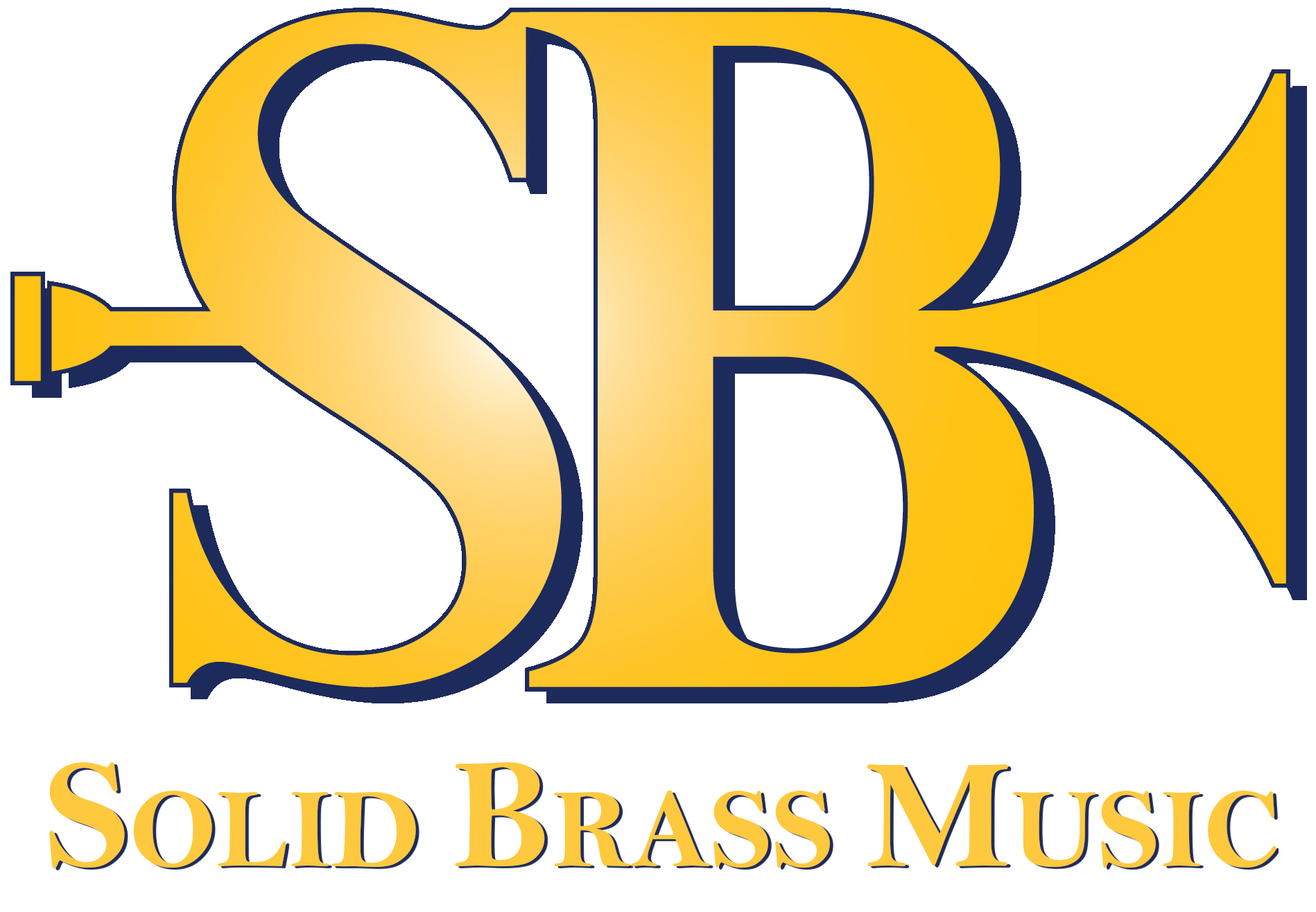Traditional British-style brass bands got their start in the 1800s in the United Kingdom and were mostly sponsored by local industries (including mills and coal mines) as a way to keep their employees out of trouble when they weren’t on shift. With so many bands in the area, there became a tradition of organized competition that continues today.
In the United States, two such competitions are the U.S. Open Brass Band Championships and the North American Brass Band Association (NABBA) Championships.
What’s unique about a brass band?
The first big difference is in the standardized instrumentation, which excludes trumpets and French horns and includes some brass instruments you won’t see in orchestras or concert bands. From high to low, the standard instrumentation includes:
- 1 soprano cornet (E♭)
- 9 cornets (B♭)
- 1 flugelhorn (B♭)
- 3 tenor horns (E♭) – sometimes called alto horns
- 2 baritone horns (B♭)
- 2 tenor trombones (B♭)
- 1 bass trombone (B♭)
- 2 euphoniums (B♭)
- 2 E♭ basses – aka E♭ tubas
- 2 BB♭ basses – aka BB♭ tubas
- 2-4 percussion
A full set of brass band music for sale by Solid Brass will include the parts listed above, in addition to the conductor’s score.
The second big difference is that every part (with the exception of the bass trombone and percussion) is written in treble clef. This was done to allow players the flexibility to easily move between parts. For valved instruments, any given note on the page has the same fingering in treble clef, no matter which instrument you are holding.
With such a long history there is a large classic repertoire for bands to play and new pieces continue to be written by composers around the world.
References
- https://www.dansr.com/wick/resources/british-brass-band-movement-a-quick-guide-for-non-brits
- https://nabba.org/what-is-a-brass-band/
- https://en.wikipedia.org/wiki/British_brass_band
